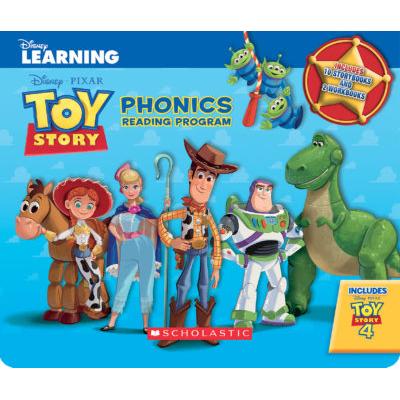A brief insight on meningitis

A deadly and devastating disease, meningitis could result in a fatality in a matter of hours. What’s more, bacterial meningitis fatality rates remain high even though there has been the discovery of many new antibacterial agents. In fact, around 1,000 individuals every day are killed around the world as a result of meningitis, with many of them being young adults, children, and small kids.
Infectious meningitis is categorized based on several markers. These include the age of the host (adult, young, or neonatal), parasitic, viral, fungal, bacterial. Another important marker is the health status of the individual which includes the duration of symptoms:
Children lesser than the age of 4 years are the most commonly affected in bacterial meningitis in the pediatric population, with those between the ages of 3 and 8 years showing the highest occurrences. The commonest acute meningitis bacteria in young kids are Escherichia coli and Streptococcus agalactia. These bacteria usually infect infants up to the ages of 3 months. The bacteria are said to have been acquired by the infant at birth itself when the baby was delivered through the vaginal canal.
Listeria monocytogenes is said to be foodborne (uncooked vegetables, processed meat, and dairy products), and affects patients with compromised immunities. The Streptococcus pneumonia sometimes infects children and increases in frequency with age. The Neisseria meningitides affects young adults and children and is the only bacteria which causes a meningitis epidemic. Unvaccinated children between the ages of 6 years and 3-6 months on the other side are the most affected by the Haemophilus influenzae.
The early meningitis symptoms are altered mental status, seizures, neck stiffness, chills, fever, and headache, fever, and chills. The most common bacterial meningitis complications include prolonged fever, pyogenic arthritis, coagulation disorders, endocarditis, and shock. Other serious complications and shock result in fatality within a few hours of the appearance of meningitis symptoms. Amongst the survivors, the outcomes of meningitis seizure disorder, paresis/spasticity, mental retardation, and deafness. The clinical signs and symptoms of meningitis in children differ according to the duration of the disease and the age of the children.
Recent Articles
Recent Questions
What kind of life insurance builds cash value?
The rest of the premium payment will go toward your policy's cash value. The life insurance company generally invests this money in a conservative-yield investment. As you continue to pay premiums on the policy and earn more interest, the cash value grows over the years.
What is meant by insurance plans?
An insurance plan is the one that consists of a premium amount and other components used in getting a product insured. There may be various types of insurance plans with varying terms and policies.
What are the common components of insurance?
The most important components of most insurance plans are the premium and the contract. Anything written in the contract becomes its crucial component.
What are the various types of insurance policies?
There are various kinds on insurance policies that are available on various assets. Auto, health, commercial vehicle, and travel insurance are some of the popular types of insurance policies.








